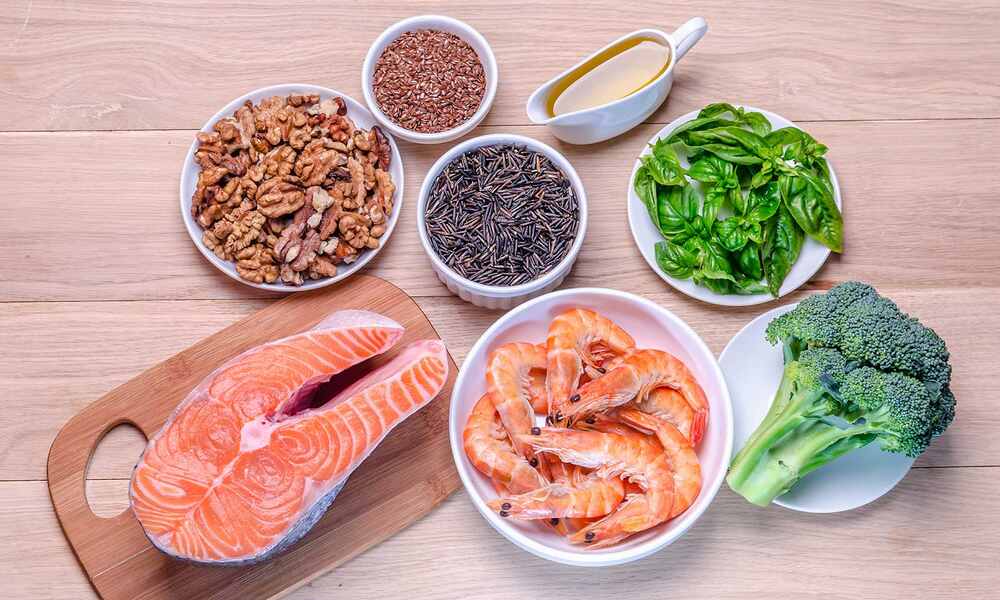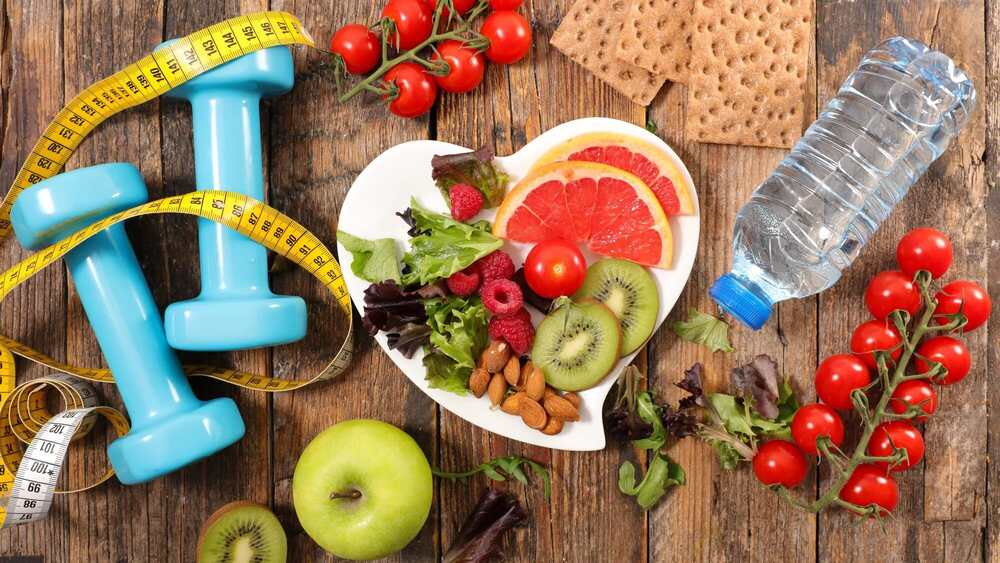
Nutrition plays an important role in an individual’s health; both physical and mental. A number of nutrients are available in the market but their selection is highly essential especially in growing years of a baby. DHA and fatty acids are also among these nutrients which are actually good fats.sni
What is DHA?sni
According to Dr Sadia Naveed, a pediatrician based in Lahore, DHA (docosahexaenoic acid)is a key element in omega 3 fatty acid which is a brain nutrient. It is as important to the brain as calcium is to the bones. DHA helps boost memory, promote cognitive health and brain and eye development. It also provides relief from asthma, keeps heart healthy and helps treat diabetes.sni
Both growing and aging brains need nutritious fats. In this regard, first two years and the last couple of decades are the phases of life when brain gets sensitive to nutrition. Dr Sadia explains that during the first two years of life, there is rapid growth in the central nervous system. Also, it is obvious that deficiency of DHA in the diet could translate into deficiency in the brain’s functions.sni
Sources of DHA
Mother’s diet
American Academy of Pregnancy (AAP) recommends DHA as a part of pregnancy diet. It is transferred to the baby through placenta. Dr Farhat Saeed, a gynecologist based in Peshawar shares that expectant mothers who take DHA have babies with higher IQ levels and it reduces the risk of premature births.sni
The level of DHA in mother’s milk significantly depends on her diet. Mothers who take eggs and seafood during lactation have higher degree of it in their breast milk as compared to those whose diet is based on vegetables. The last three months of pregnancy and first two years of life are the most crucial time for brain development. DHA accumulates in the eyes and brain during these two phases. Thus appropriate use of DHA for pregnant and nursing mothers is necessary to ensure adequate brain development in children. It should also be given during the weaning period.sni
Breast milk
Mother’s milk contains 30 times more DHA than cow’s milk. So always prefer completing the breast feeding tenure. Or select formula milk enriched with DHA to meet the deficiency.sni
Enriched foods
Children cannot take all DHA food naturally, so enriched food items are good for children as they are formulated according to their age, stage and taste buds. However, they should only be taken with doctor’s recommendation. Just make sure that these products are given in moderation.sni
Other sources
DHA is also present in cold water fish like salmon and tuna. Other sources include kiwi fruit, flax seed, walnuts, canola and soybean oil, dark leafy green vegetables like spinach and kale, eggs, peanut butter and milk. Add fish to your kid’s diet while weaning. But avoid nuts because of choking hazards.sni
Impact of low DHA level
According to researches, the foods we eat have an influence our memory, concentration, comprehension, intelligence and emotions. There are at least 50 brain chemicals that are affected by food intake. So, take brain friendly diet. Low levels of DHA and omega 3 fatty acids have been linked with increased risk of ADHD, vision problems and depression. Dyslexia and autism are also linked with its deficiency. sni
Genes are the bricks and plaster to build a brain but the environment is the architect. Similarly, human brain development depends on the interaction between the genetic and the environmental factor like nutrition, stimulation and attitude of parents. Brain is our most precious physical possession. Take care of it.sni










